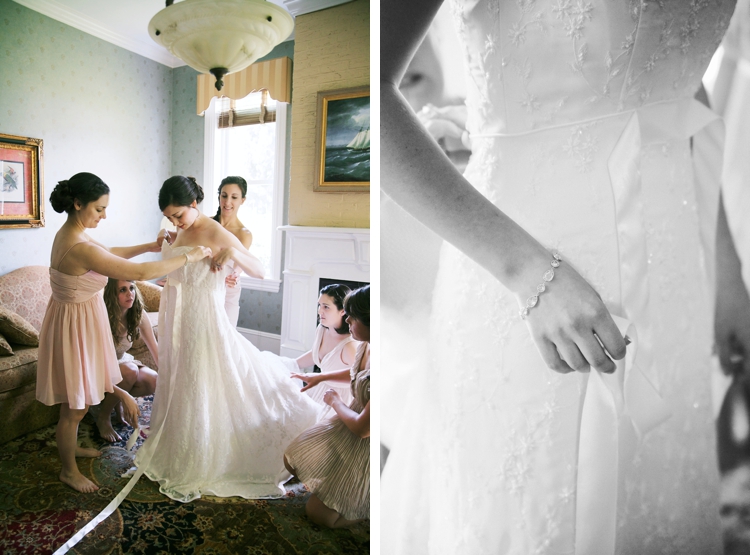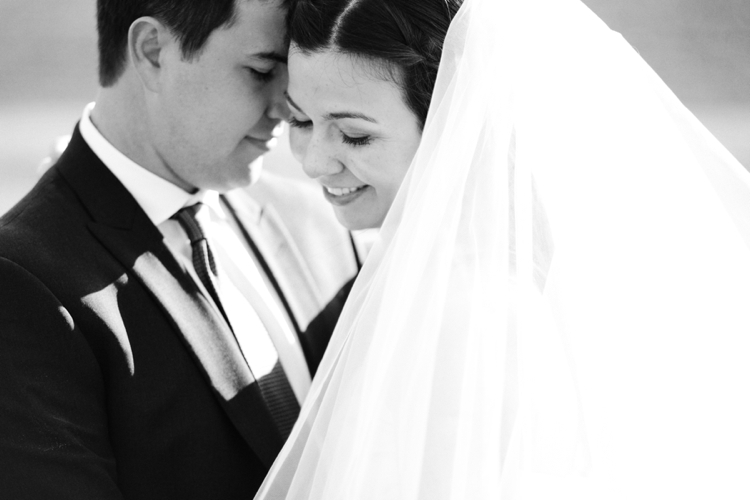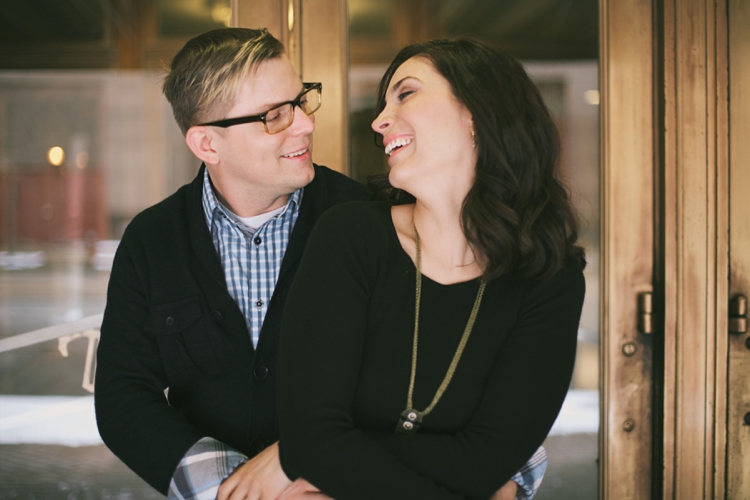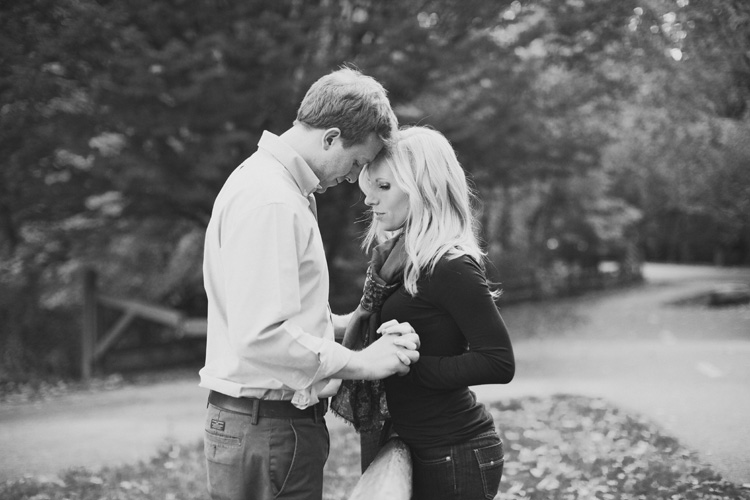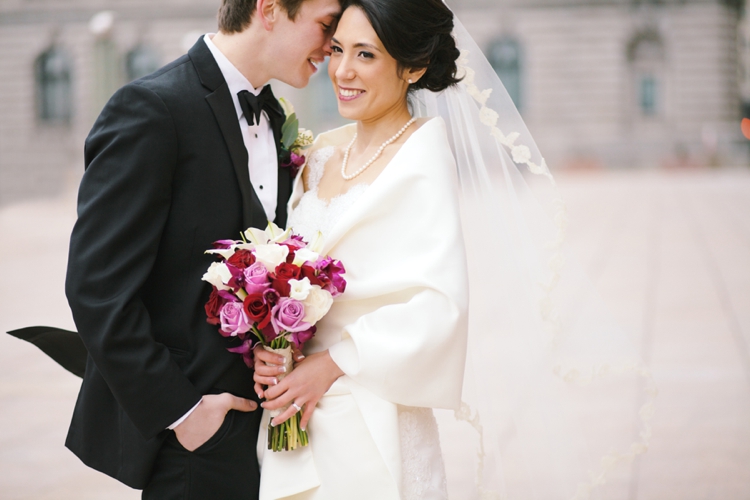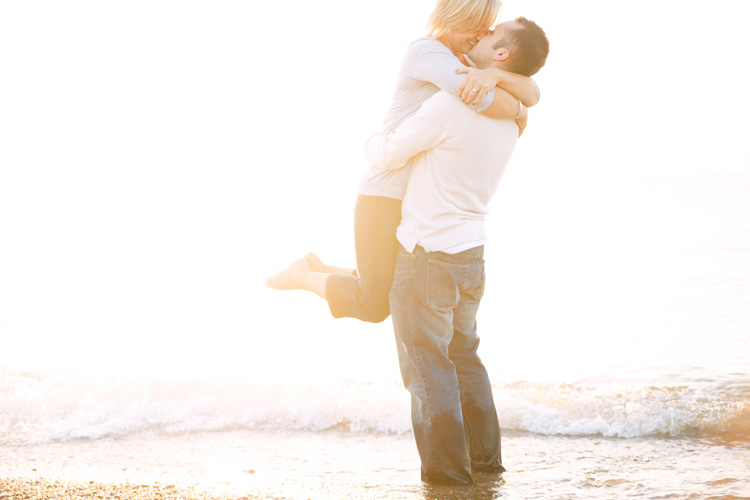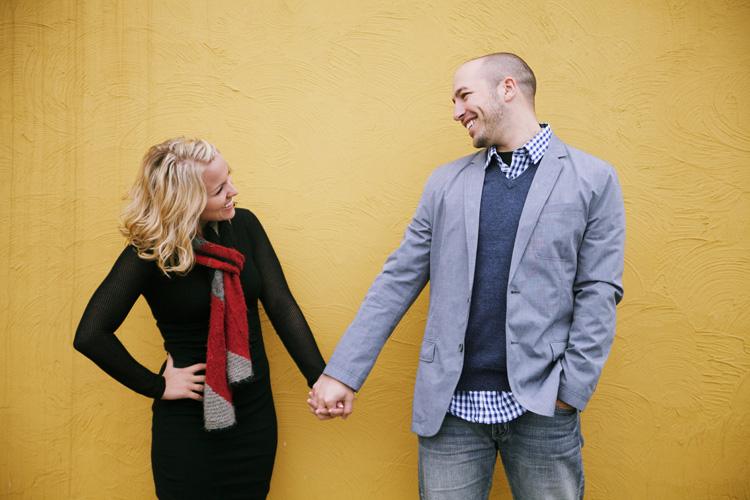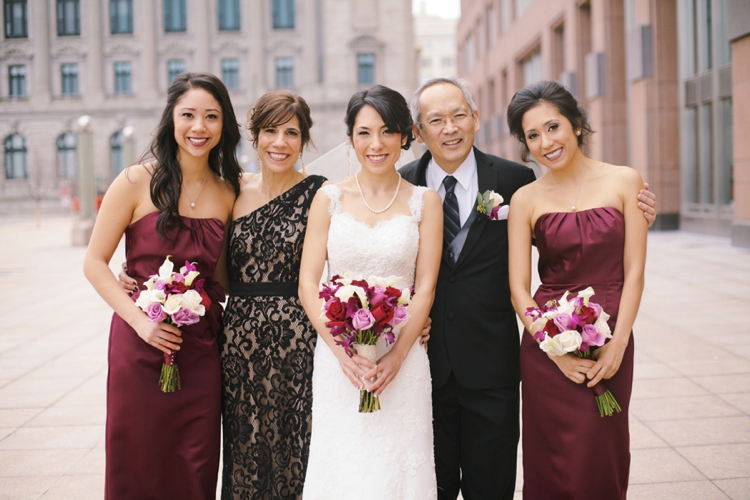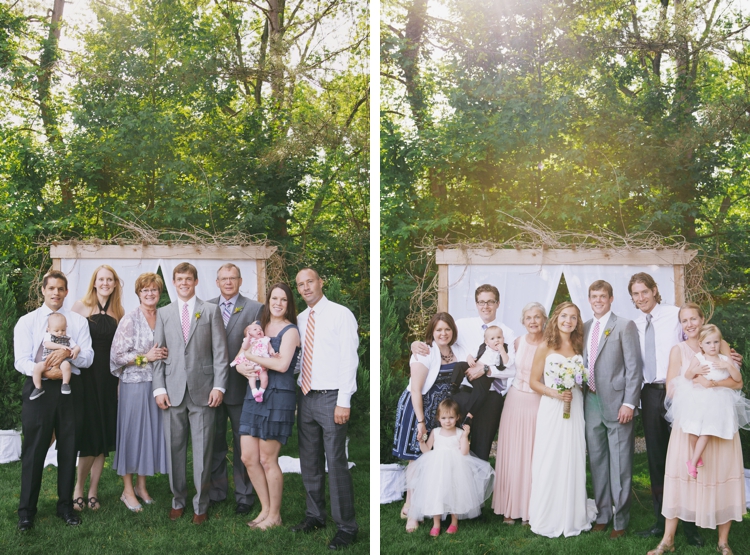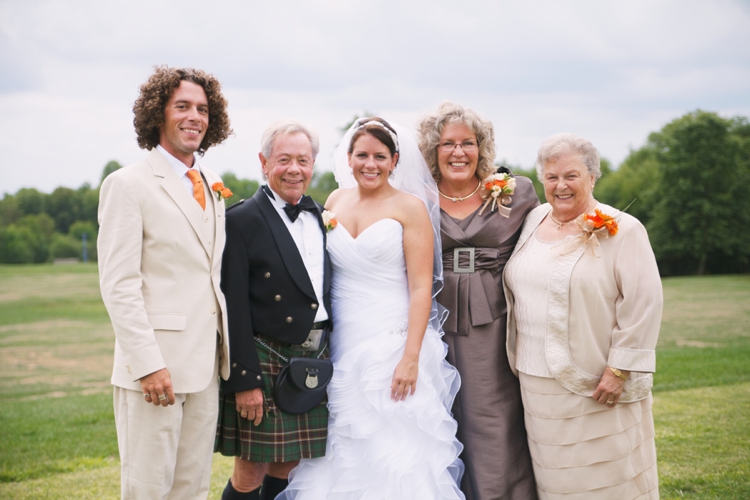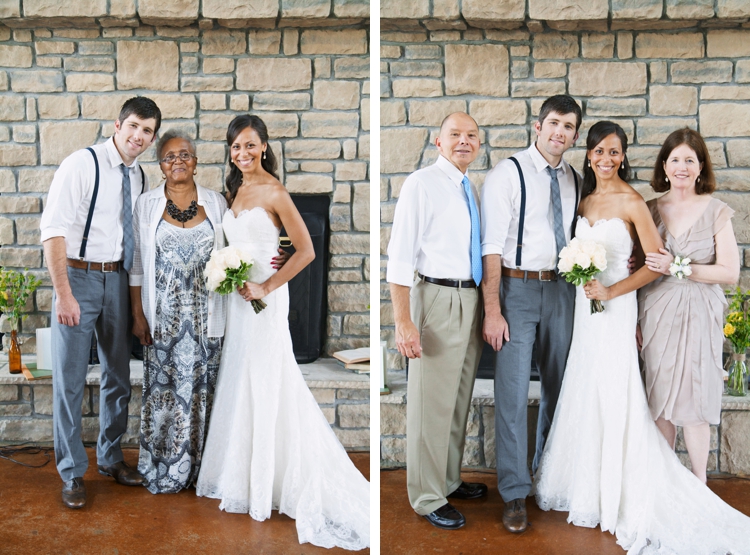I think we can all agree that planning a wedding takes a lot of time, a lot of brain power and a lot of organization. Am I right? So many of my couples ask me for advice or tips to make their wedding day run more smoothly so they can get the most out of their photography investment, plus enjoy their day and their new marriage (Amen to that last point!). I think everyone planning a wedding can benefit from some tips and tricks, so here we go … Let's talk about the beginning of the wedding day. After the ceremony and reception details are set in stone, it's easy to want to be done planning. And understandably so. But if you've hired a photographer to capture some of the "getting ready" process, it's worth spending a little extra time thinking about where you'll be getting ready and how that process will take place.
As a natural light, film-shooting, detail-loving photographer, I actually really enjoy photographing this part of the day. The pace is a little slower, I get to catch up with the bride (and groom if he's opted for getting ready photos, as well) and meet her family and bridesmaids, I get to be creative and try new things, and overall get a grasp on how the day will go. The following are my very best tips and tricks for getting those gorgeous, airy, light-drenched getting ready photos that you always see on Style Me Pretty. :)
1) Let there be light! That photo up there was taken on film, and that was only possible because there was a ton of natural light flooding into the room (from that window you see to the right of the photo). I adore natural light and will only pull out my flash + light stand when I absolutely have to (i.e., dark reception rooms). Besides the fact that there's usually not a ton of extra space during the getting getting process (making it hard to set up a big light stand), I believe that natural light is more flattering and dreamy and suits this process so much better than artificial light.
In the same vein, I generally turn off overhead lights and floor lamps when I'm photographing. The artificial light gives off a yellow tint that can mess with the camera's white balance, especially if you're also using another light source—windows!
When thinking about where you'll be getting ready on your big day (a hotel, your parent's house, the church), double check the lighting situation. It's ideal to have at least one big window + white or light walls, ceiling and/or floor. All of those light-colored pieces combine to give me lots of natural reflectors, perfect for airy and bright photos. Make sure you're camped near that window for makeup and hair, and then plan to have it all cleaned up in time for you to get your dress on. The same goes for the groom. I'll always put you in front of a window to get ready.
2) Speaking of cleaning up … I know, I know, this seems like a ridiculous request. I can hear what you're thinking: We're cramming 10-12 people—each with bags of stuff—into a small space and you expect it to be clean?? I definitely don't imagine you and your friends leisurely getting ready in a spotless, light-filled room all morning, but it is nice to designate one space for stuff so that it's easy to move out of the way when needed. Or, if you have the option, designate a room (that dark one that I won't want to use for photos anyways!) for every thing to live until everyone's ready. I have been known to go on a cleaning spree when I arrive for getting ready photos … which I'm fine with as long as you are! :)
3) It's the small things. Part of being a wedding photographer means that you capture the big and small pieces of a wedding day, and boy do I love the small things. Telling the story, for me, includes a photo of your grandmother's pin that will be tucked into your dress and the inscription on the inside of his ring. These little things (along with the dress and shoes and invitations) sit in between the big moments of your day and give your wedding even more meaning.
We will talk about these things when we're working on your timeline so I make sure I don't miss anything. That said, be prepared for me to ask for said things when I arrive. I don't expect you to have every detail packaged perfectly in a box labeled "Photographer" (although if that helps you get organized, by all means go for it!), but I will take whatever you give me and go find the best light and background against which to photograph the details. This means that I will ask to move your dress from it's spot against the closet door to a more open, light-filled space (see how #1 and #2 tie in to this third point!). I might even ask to take it outside if that matches the look and feel of your wedding. The same goes for shoes, rings, stationery, handkerchiefs, ties, watches, etc. I promise, I'm really, really careful, and I usually have a second shooter to help me keep everything clean and tidy.
4) Keep it consistent. From a photographer's point of view, it's ideal for the couple to get ready at (or very near) the same location (in different spaces, of course!) if both halves want getting ready photos. I know this doesn't always work out (and that's OK!), however, if you have the option to make this happen … take it! It's challenging for one photographer (if you've opted to just have me shoot your wedding) to get to two entirely different places across town, photograph the process, and get back to the original place in a reasonable amount of time. If you've opted for two photographers it's a little bit easier, but because we drive one car on the wedding day we have to coordinate schedules and make sure we pad the driving time (accounting for possible traffic and road construction) so one of us doesn't get stranded! We're all about maximizing photo time here—and the hours you're paying us to document your big day—so we want to limit driving time and use our cameras as much as possible.
5) Maximize your time. Speaking of making the most of your photography, remember that we don't have to be with you for the entire getting ready process. Most brides don't want 15 photos of themselves with curlers in their hair, so plan to have us arrive 1-1.5 hours before you walk out the door to the first look or ceremony (maybe a bit longer if both the bride and groom want photos). It's nice for me to have a dedicated amount of time to capture the details without feeling rushed plus get the finishing touches of your hair and makeup.
Note: Variations to that schedule might arise during our timeline planning if you're getting ready in multiple locations (i.e., salon + house), fitting in bridesmaids/groomsmen photos before the ceremony, or driving a particularly long ways to the first look or ceremony. The absolute BEST way to maximize your photography time (plus ensure that your wedding album is aesthetically consistent) is to plan for everything to happen at the same venue (getting ready, ceremony, portraits, reception).
I should reiterate that this is the advice I give the couples I, personally, work with. It is by no means the only way to do things. If you are working with another photographer, they might have different ideas and best practices, and it's always worthwhile to ask questions.


